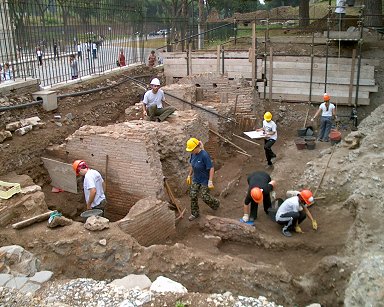During your home search, you likely will come across the terms “move-in ready” and “fixer upper.” Those two terms can be interpreted differently, depending upon the individual. A buyer with experience in home repair may consider a home move-in ready, while a novice would define the home as a fixer upper. Although DIY shows stimulate creativity, they also create false perceptions of what a typical home will look like on a showing. The majority of the homes that you view won’t be perfect so it’s important to consider the difference between move-in ready homes and fixer uppers.
Most buyers consider a true move-in ready home being one that they can literally move all of their furniture into without lifting one finger. This means that the buyer is 100% ok with the paint colors, the flooring, the appliances, and more. Typically, these are the homes with recent renovations or aggressive preparations to sell to meet the demands of the mass market.

Most buyers would define a fixer upper as whole-home facelift. Perhaps all of the bathrooms are original and/or the kitchen needs updating. Anytime a buyer starts throwing out ideas to knock down a wall or build an addition, he raises the fixer-upper flag.
Don’t forget about the not-so-fun updates required on some fixer uppers, too; new roof, new windows, new HVAC, and/or new siding. Not all of these fixes are created equal. Some may be easier to knock out than others so it’s important to not let some stand in your way of finding a terrific home.
Some of the simplest fixes to go from fixer upper to move-in ready are the cosmetic items. Rightly so, owners like to personalize their homes. If you don’t care for the color purple for your master bedroom, it’s very easy (and inexpensive) to change the paint color to something that meets your design palette. Wallpapered rooms and banners can be removed and painted. Wall art, window treatments, and furniture arrangements can be altered easily. Most buyers have strong opinions concerning the flooring, too. Depending on your budget and skill level, the flooring can be replaced to your preference.
One of the last easy fixes that shouldn’t stop you from buying a home is in the kitchen. Older laminate countertops can be pulled up and refitted with newer laminate, granite, or other stone options. White appliances can be switched to black or stainless. And if the cabinets are in good shape, they can be refaced or painted. Additionally, bigger kitchens can welcome the addition of a new kitchen cart or island. If the layout/structure of the kitchen is acceptable, a few tricks will bring it right up to date.

There are a few major renovations that separate the fixer uppers from the move-in ready homes. For most consumers, any large scale renovation requiring building permits should give pause for consideration. Major electrical, plumbing, or HVAC changes will warrant hiring a professional. Knocking down a wall looks so simple on HGTV, but depending on your budget or your level of expertise, it could be a deal breaker. There are likely a few other renovations beyond your personal comfort level.
Do you have the time to wait for repairs to be done prior to move-in? Can you live in the mess of renovations? Does your season of life free you up to tackle projects on your own? Are there young children around during the renovations? Are you physically capable of making updates to the home? Can your budget afford a move-in ready home? Can you afford out-of-pocket renovations? These are all some great questions to consider when you consider whether or not you want a move-in ready home or a fixer upper. As best as you can, appraise how far your own sweat equity and your budget can take you. Ultimately, your goal should be to maximize the value of your investment while maintaining realistic expectations of what you can accomplish.

















